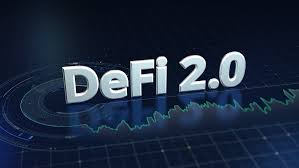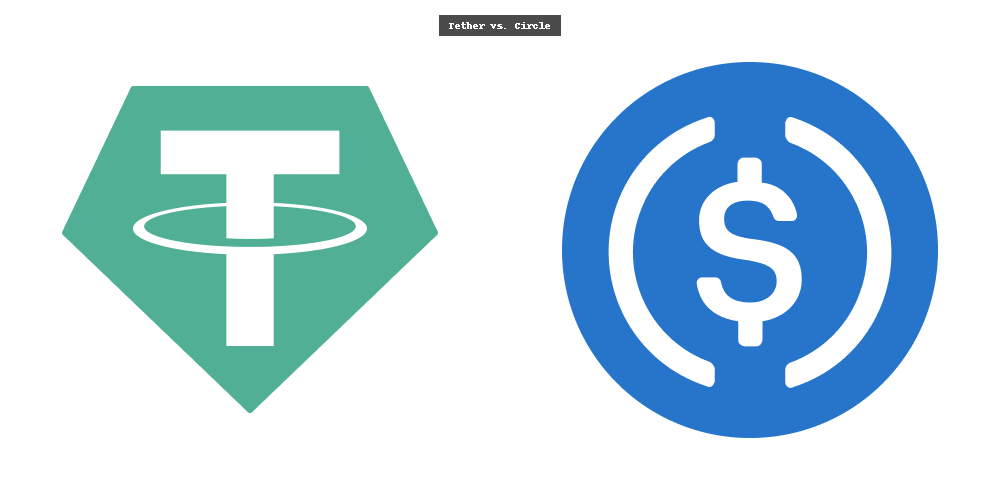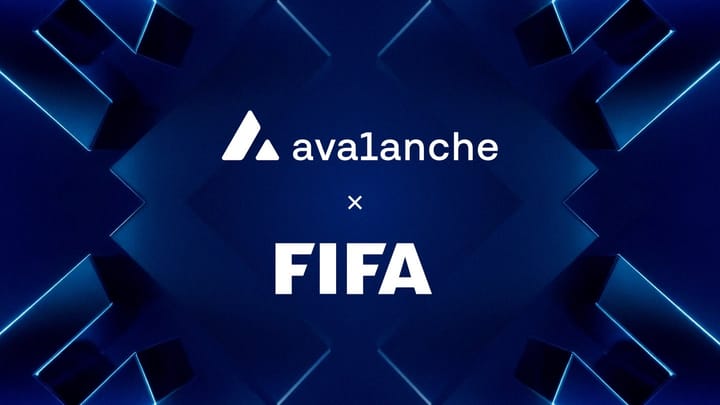DeFi 2.0: The Next Generation of Yield Farming, Insurance, and Autonomous Money

The first wave of decentralized finance (DeFi) brought explosive growth. From 2020’s “DeFi Summer” to the billions locked in protocols like Uniswap, Aave, and Compound, the industry proved that permissionless finance could rival traditional systems. But as quickly as it grew, cracks emerged like unsustainable yields, Ponzi-like incentive structures, governance inefficiencies, and countless hacks drained both liquidity and trust.
Now, a new narrative has emerged: DeFi 2.0.
This second generation of decentralized finance aims to build self-sustaining protocols that can withstand market cycles, reduce risks, and create long-term value for users.
What Went Wrong in DeFi 1.0?
Before understanding what makes DeFi 2.0 different, it’s important to see why the first wave stumbled:
- Unsustainable Yields – Many protocols lured users with high APYs funded by token emissions. Once rewards dried up, liquidity fled.
- Liquidity Dependence – Protocols relied on mercenary capital that moved from one yield farm to the next.
- Smart Contract Exploits – Billions were lost to flash loan attacks, faulty code, and governance exploits.
- Insurance Gaps – There was little protection for users against protocol risk, discouraging mainstream adoption.
DeFi 2.0: Core Principles of Self-Sustaining Protocols
DeFi 2.0 protocols are evolving to solve these weaknesses. A truly self-sustaining system has the following features:
- Protocol-Owned Liquidity (POL):
Instead of renting liquidity from yield farmers, protocols like OlympusDAO pioneered POL, where the protocol owns its liquidity permanently, reducing reliance on short-term incentives. - Real Revenue, Not Token Printing:
Sustainable yields now come from actual economic activity like fees, services, and integrations rather than pure inflationary emissions. - Built-In Insurance & Safety Nets:
Next-gen DeFi integrates coverage against exploits, liquidations, and smart contract bugs (e.g., Nexus Mutual, InsurAce). Some protocols even create native risk pools. - Interoperability and Composability:
Cross-chain liquidity frameworks and modular DeFi primitives allow protocols to work seamlessly together, creating durable ecosystems. - Automated Risk Management:
Smarter liquidation mechanisms, overcollateralization, and algorithmic balancing help protect users during volatility.
Examples of DeFi 2.0 in Action
- OlympusDAO (POL): Introduced protocol-owned liquidity, shifting the narrative away from mercenary farming.
- Tokemak: Provides liquidity as a service, allowing DAOs to direct sustainable capital flows.
- InsurAce & Nexus Mutual: Bringing decentralized insurance into the DeFi stack for risk mitigation.
- Pendle Finance: Tokenizing and trading future yield, creating a sustainable derivatives market.
- MakerDAO & Frax: Moving toward stable, collateral-backed revenue systems with treasury growth.
Insurance: The Safety Net of DeFi 2.0
In DeFi 1.0, insurance was an afterthought. Today, risk-sharing models are becoming essential. Protocols are experimenting with:
- Mutualized pools that pay out when exploits occur.
- Automatic claims via smart contract oracles.
- Yield protection insurance for volatile farming positions.
This safety layer makes DeFi more approachable for institutions and retail users alike.
The Rise of Autonomous Money
DeFi 2.0 isn’t just about fixing broken yield farming but it’s about autonomous money. Protocols are moving toward systems that can manage themselves without endless governance micromanagement. This includes:
- Algorithmic treasury balancing.
- Automated liquidity allocation.
- Risk-adjusted lending rates that update in real time.
Think of it as “money that manages itself.”
Challenges Ahead
Despite progress, DeFi 2.0 still faces hurdles:
- Regulatory Uncertainty: Governments are eyeing stablecoins, DAOs, and DeFi protocols.
- Security Risks: While better, smart contracts remain vulnerable.
- Adoption Curve: Mainstream users still find DeFi complicated and risky.
Conclusion: The Road to DeFi 2.0
DeFi 2.0 is a structural upgrade. By focusing on sustainability, risk management, and automation, the next generation of protocols is working toward a truly decentralized, resilient financial system.



Comments ()